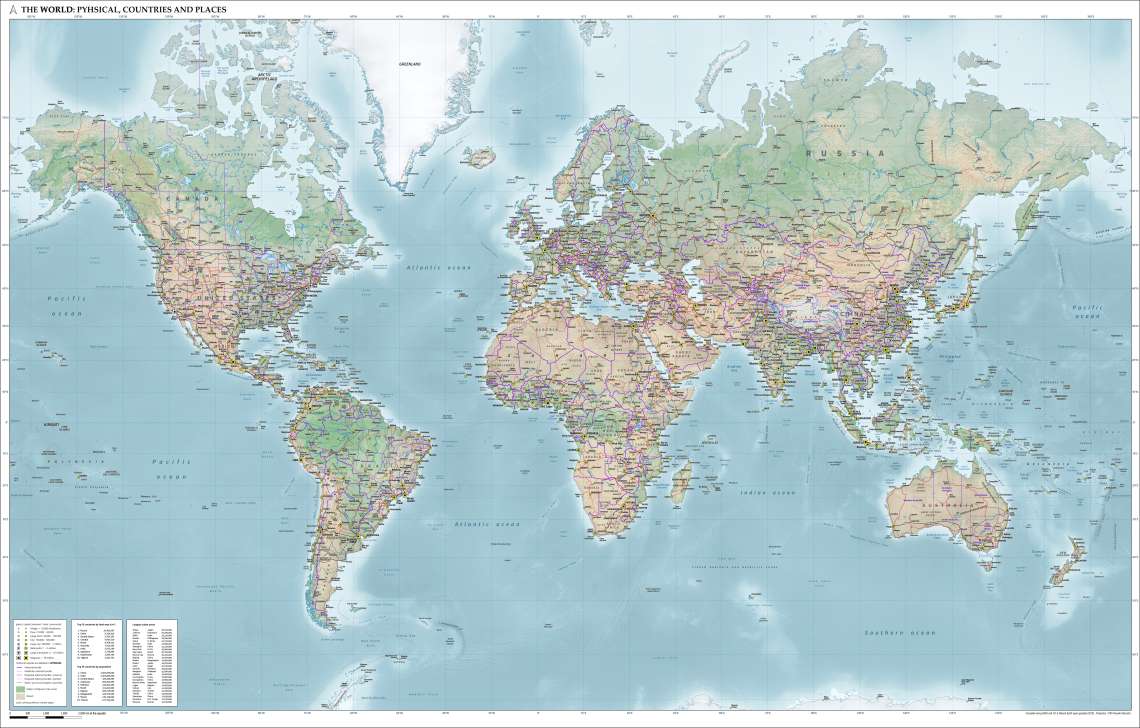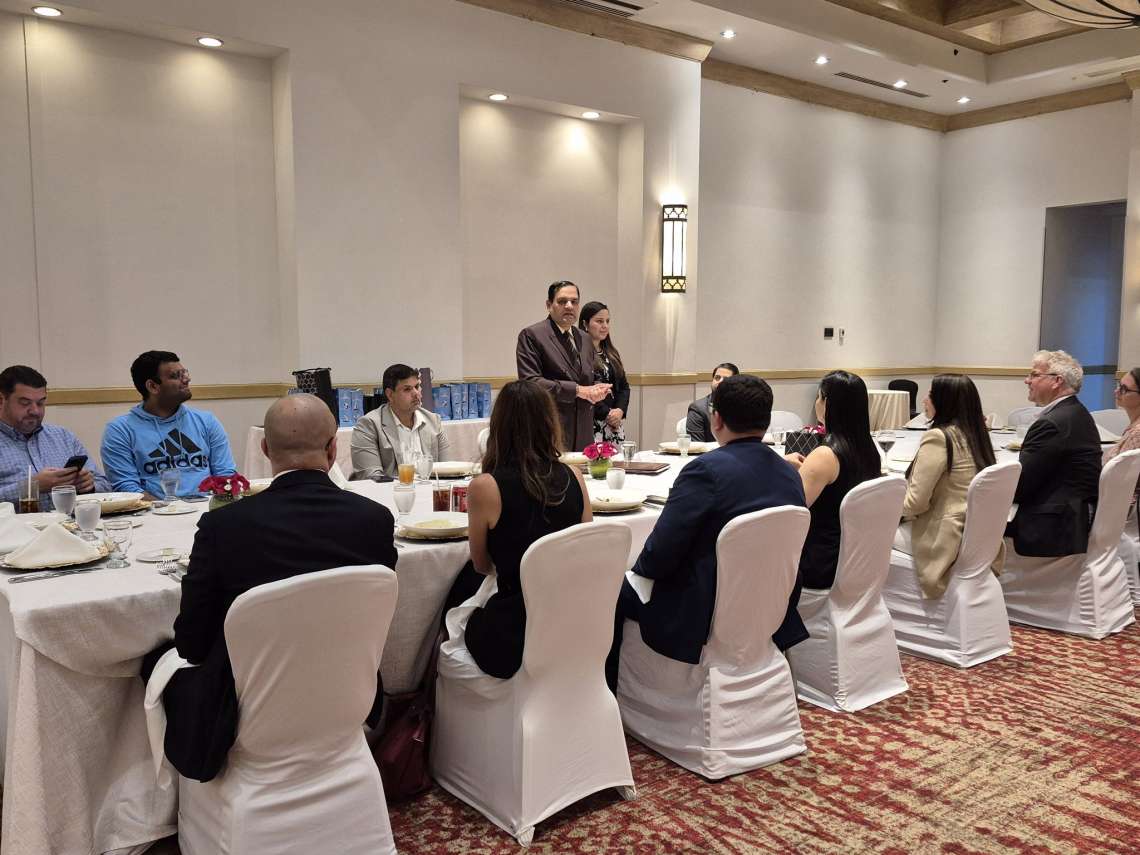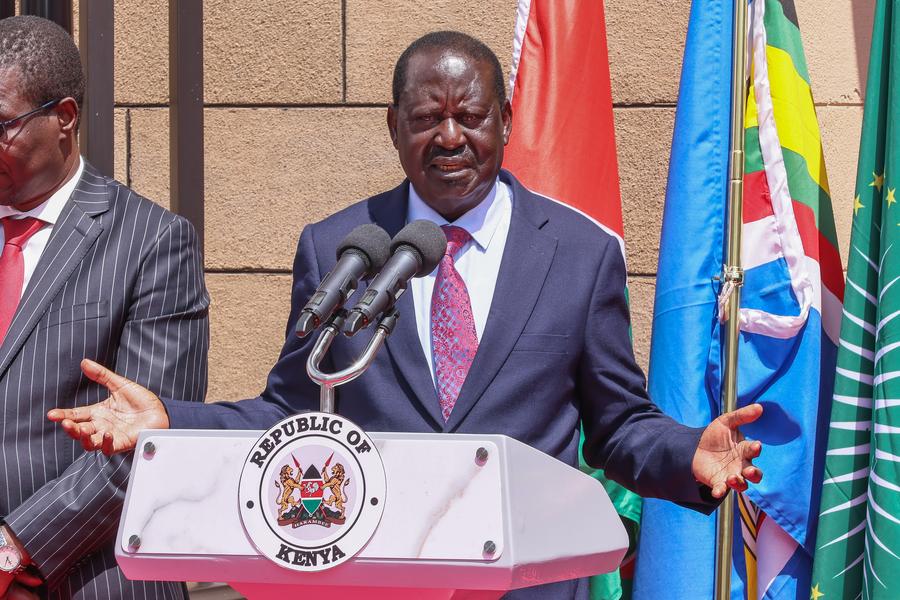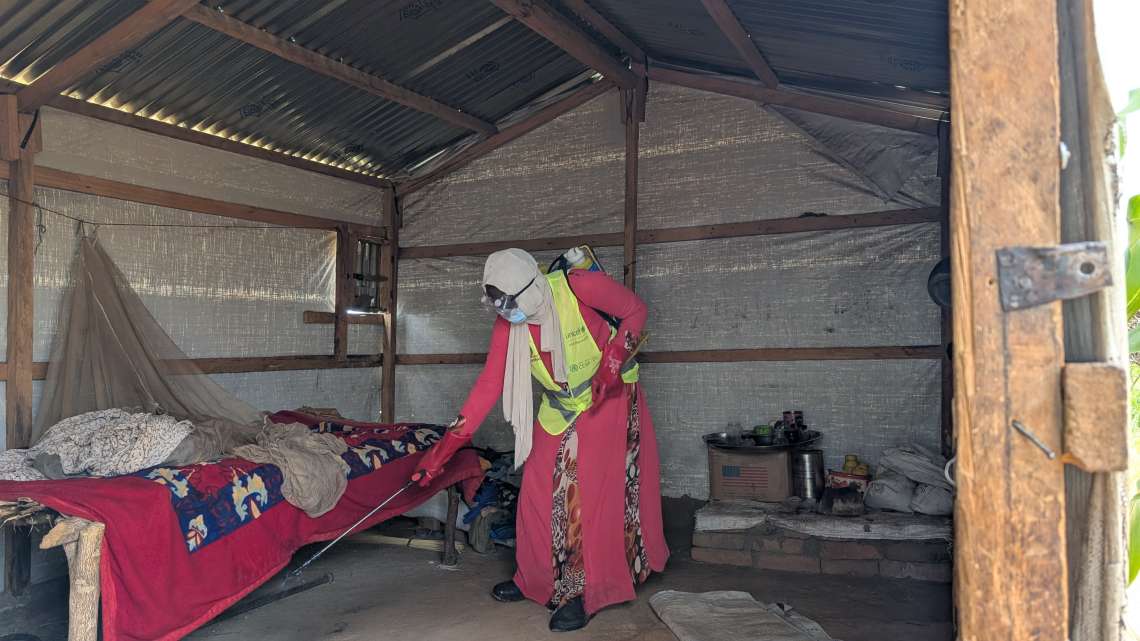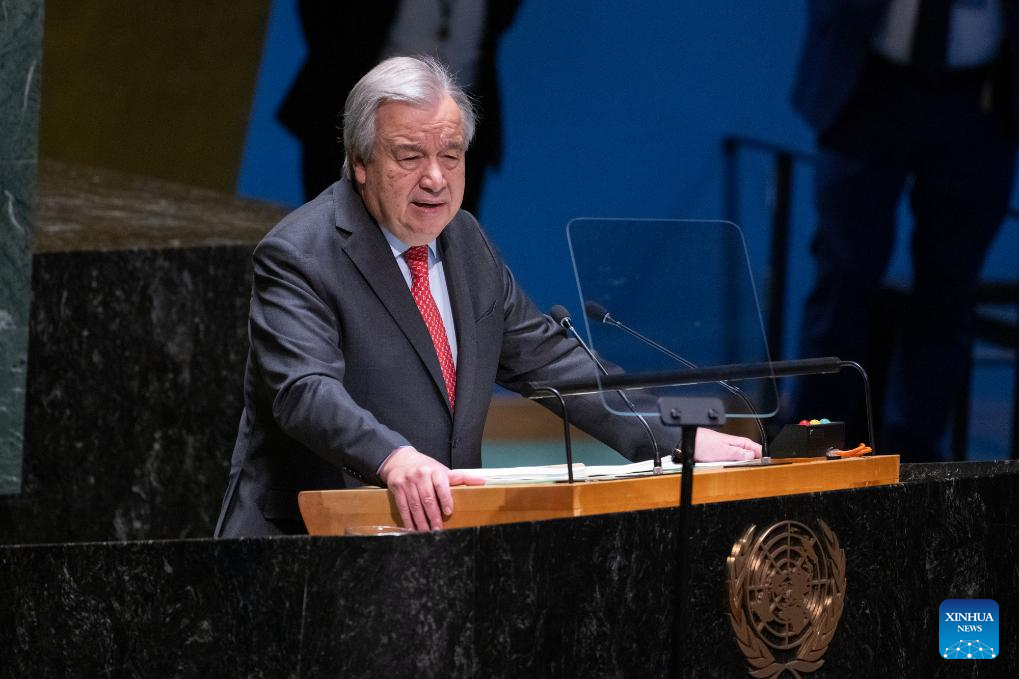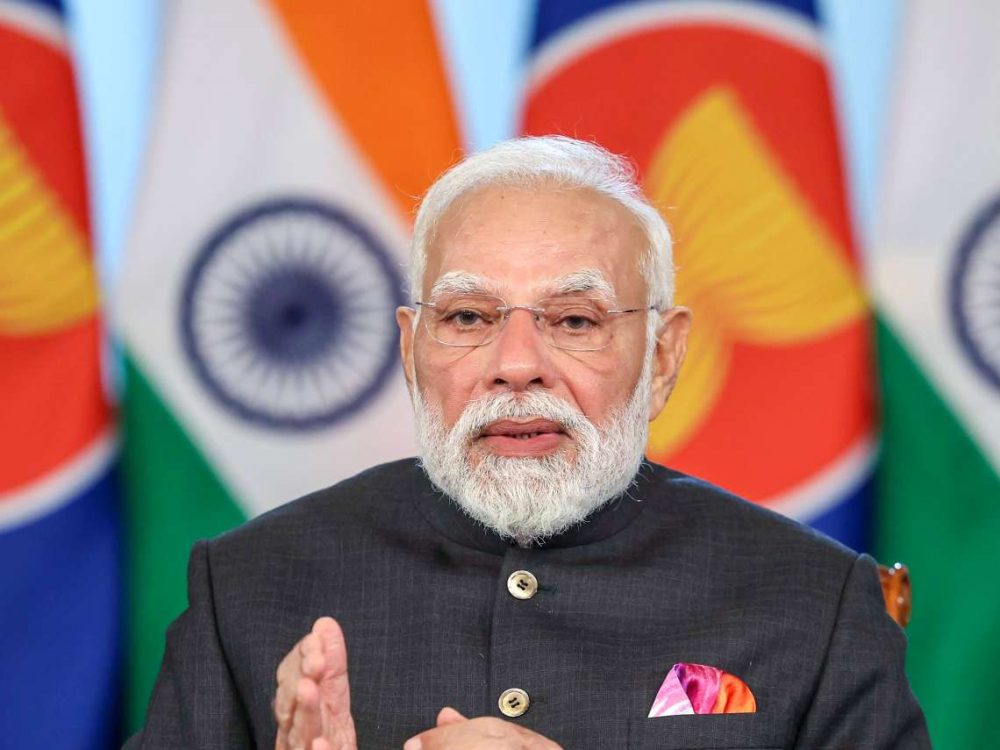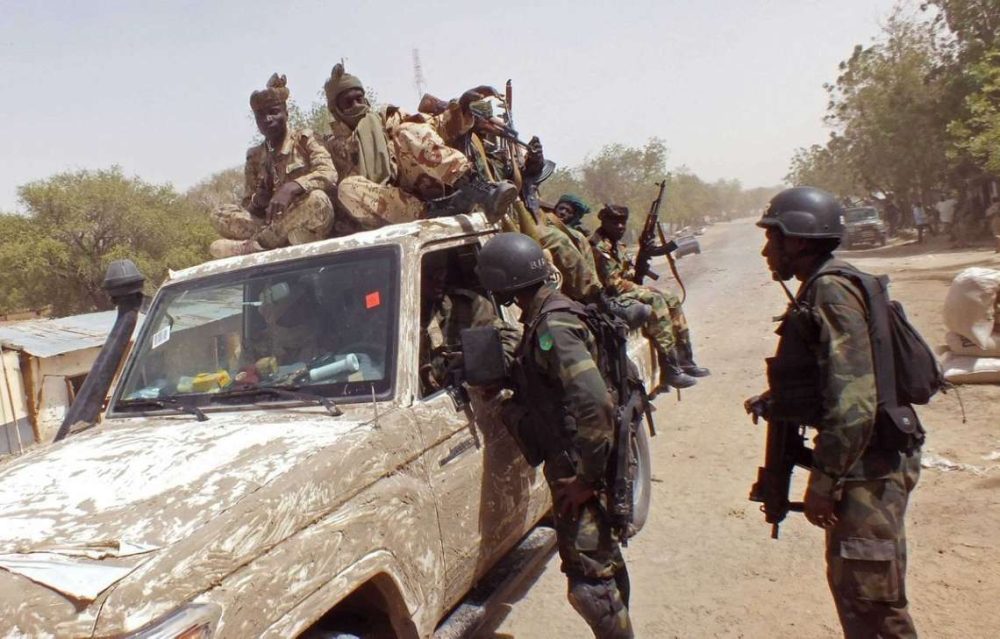On the familiar Mercator map, created in the 16th century by Flemish cartographer Gerardus Mercator, Greenland and Africa appear to be roughly the same size. In reality, Africa is vast enough to fit 14 Greenlands within its borders..reports Asian Lite News
A growing campaign led by African advocacy groups is calling for schools, media outlets and international organisations to abandon the centuries-old Mercator projection of the world map in favour of a more accurate representation of the African continent.
On the familiar Mercator map, created in the 16th century by Flemish cartographer Gerardus Mercator, Greenland and Africa appear to be roughly the same size. In reality, Africa is vast enough to fit 14 Greenlands within its borders. The distortion, critics argue, has long diminished the continent’s true scale and global significance.
Last week, the African Union (AU) – a diplomatic bloc representing 55 nations and 1.4 billion people – formally endorsed the initiative, giving campaigners their most significant backing to date. The move has been hailed as a milestone in efforts to “change the map” and reshape perceptions of Africa’s role in the world.
The Mercator projection, devised in 1569, was never intended as a neutral depiction of the planet. Its purpose was to help European sailors chart reliable courses across oceans. To achieve this, Mercator preserved straight lines of constant compass bearing. The price of such mathematical convenience was distortion: landmasses near the poles were vastly enlarged, while those nearer the equator were reduced.
As a result, regions such as Europe and North America appeared larger than they truly are, reinforcing Eurocentric worldviews. Meanwhile, Africa and South America – continents straddling the equator – were visually diminished, a cartographic bias that campaigners say continues to shape attitudes today.
“Correcting the map is not only an African issue. It is a matter of truth and accuracy that concerns the entire world,” said Fara Ndiaye, co-founder and deputy executive director of the advocacy group Speak Up Africa. “When whole generations, in Africa and elsewhere, learn from a distorted map, they develop a biased view of Africa’s role in the world.”
The campaign, spearheaded by Africa No Filter and Speak Up Africa, began in April and urges schools first, then governments, media organisations and international agencies, to adopt the Equal Earth projection.
Developed in 2018 by a team of cartographers, the Equal Earth map attempts to present a visually familiar globe while keeping continents in proportion to their true areas. Unlike the Mercator, it portrays Africa’s immense size more faithfully, reflecting its demographic weight, economic potential and strategic importance.
The AU’s endorsement, announced on 14 August, represents the strongest institutional support so far. Advocates believe it will encourage education ministries, publishers and digital platforms to follow suit.
Despite longstanding academic criticism, the Mercator projection remains deeply embedded in classrooms, atlases and technology platforms. Google Maps, for instance, replaced its desktop version with a 3D globe view in 2018, but the mobile application still defaults to the Mercator projection, meaning billions of users continue to encounter the distorted world daily.
Mark Monmonier, professor of geography at Syracuse University, said there is little justification for continuing to rely on Mercator maps. “It was a useful navigation tool in the 16th century, because it has straight lines, giving navigators a line of constant direction to sail along,” he explained. “But outside of that very narrow navigation application, there is no point in using it.”
He noted that geographers have discouraged the use of Mercator as a world map for decades. At the same time, he warned that any flat map will struggle to communicate relative sizes perfectly. “When you put irregularly shaped areas on a flat paper, people are going to have a hard time accurately comparing the size of landmasses,” he said. “In many cases, a simple bar graph is actually the best way to compare the sizes of different continents.”
For campaigners, the issue is less about mathematical precision than about cultural and political consequences. A smaller-looking Africa, they argue, has reinforced stereotypes of weakness, marginality and underdevelopment, even as the continent emerges as a key player in global trade, climate negotiations and renewable energy.
Ndiaye said that for non-Africans, the visual shrinking of Africa diminishes recognition of its population growth, vast natural resources and strategic position between the Atlantic and Indian Oceans. “Correcting the map restores a sense of proportion that has been missing for centuries,” she said.
Advocates also stress the psychological impact on Africans themselves. Learning from maps that understate their continent’s size, they say, can affect how young people view Africa’s place in the world. Replacing Mercator maps in classrooms with the Equal Earth projection is therefore seen as an important step towards reshaping self-perception and national pride.
The Change The Map campaign now seeks to build momentum by persuading publishers, tech companies and international institutions to abandon the Mercator projection. Campaigners hope the AU’s backing will accelerate adoption in schools across the continent, where generations of pupils have grown up seeing a diminished version of their homeland.
Whether the movement succeeds may depend on how quickly educational authorities and digital giants respond. For now, campaigners are celebrating a symbolic breakthrough.
As Ndiaye put it: “Africa deserves to be seen as it truly is – not smaller, not diminished, but as the vast and vital continent it has always been.”


